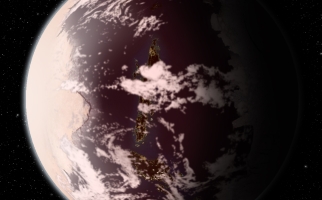
Searching for exoplanets around the star next door
STEM Explained
In planetary science, astronomers have found planets that orbit other stars, just like Earth orbits the Sun. Some of them might even be able to support life.
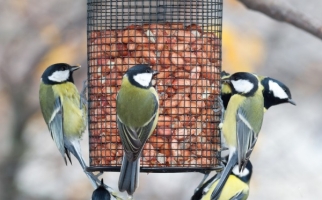
Natural Selection in Your Backyard
STEM Explained
A study on bird feeders and beak sizes shows how an everyday human activity can affect the evolution of another species.
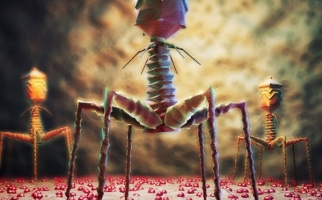
Phages vs. Antibiotics
STEM Explained
Many doctors prescribe antibiotics to cure infections. But should they be prescribing viruses instead?
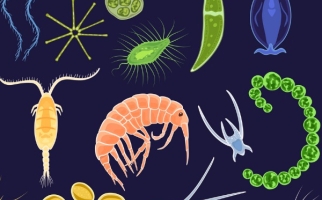
Marine Microbiology: Meet the Microbes of the Sea!
STEM Explained
The ocean is full of very small but very useful creatures called microbes. Without them, none of the sea plants or animals you’ve seen would exist!
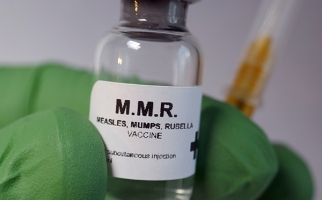
Measles and Measles Prevention
STEM Explained
Learn about the measles virus, its impact and vaccination for prevention of the disease.

Meiosis Mistakes
STEM Explained
Errors during meiosis can alter the number of chromosomes in cells and lead to genetic disorders.

Meringue: The Science Behind a Wonderfully Fluffy Dessert
STEM Explained
Learn about the biochemistry of cooking meringue.
Microbial Fuel Cells
STEM Explained
In a few decades, some of the electricity you use might be generated by bacteria.
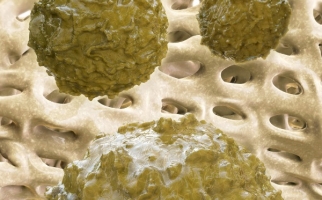
My Stem Cell Donation Story
STEM Explained
In April 2016, Let’s Talk Science volunteer Daniel Tarade donated stem cells to help a person who needed a stem cell transplant to survive. Learn what stem cells are, how and why people donate, and what Daniel’s experience was like.
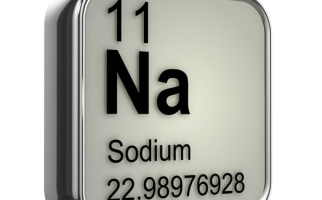
Na Na Na Na (Hey Hey Hey) Sodium!
STEM Explained
Sodium is a useful chemical element. You consume it as table salt regularly. Learn about salt mining, sodium uses, and what problems too much sodium can cause.

Is Hookah Smoking Dangerous?
STEM Explained
Many people believe that hookah smoking is safer than cigarette smoking. But in fact, hookah smoking can be even more harmful to your health!

Is There Too Much Carbon Dioxide in Your Classroom?
STEM Explained
Did you know that too much carbon dioxide in the classroom can affect your body, and even your grades?
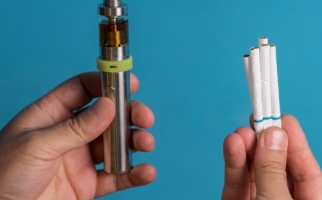
Is Vaping Safer Than Smoking?
STEM Explained
Learn how e-cigarettes and other vaping products work, and why scientists and health professionals have concerns about their safety.

It's a Bird, It's a Plane, It's... a Drone!
STEM Explained
Drones are very cool and very useful aircraft! This resource explains how drones stay in flight, and outlines some of their uses.
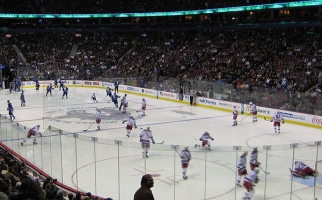
Keeping the Rink on Ice
STEM Explained
Learn about the chemistry of ice skating rinks, and the technology & engineering that lets us enjoy them indoors as well as outside.